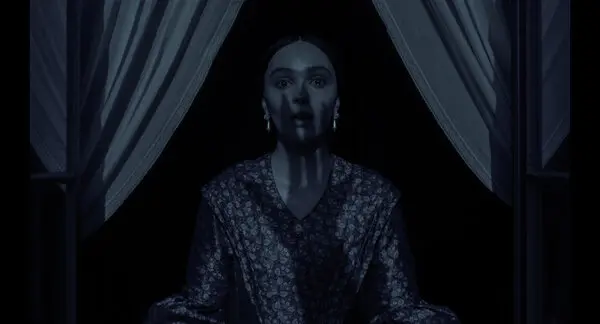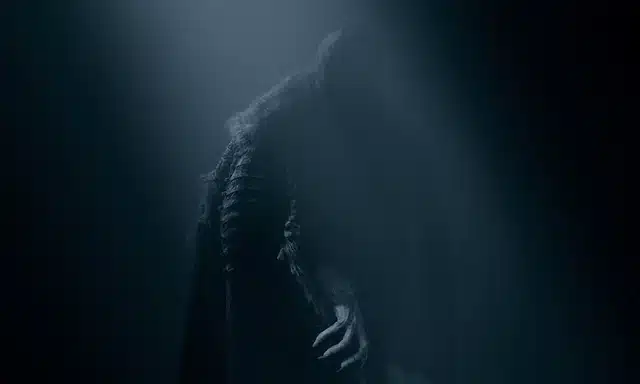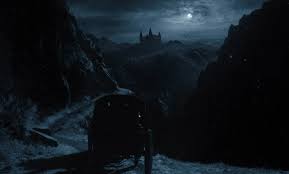
The new remake of Nosferatu directed by Robert Eggers has arrived in theaters, surprising critics and dividing opinions among viewers

The unmistakable style of Nosferatu and Eggers
Since its debut, Nosferatu has stood out as a bold piece within the gothic horror genre. Starring Bill Skarsgård as the terrifying Count Orlok and Lily-Rose Depp as Ellen Hutter, the film offers a cinematic experience that requires patience and attention to detail, two characteristics that define Eggers’ style. While Critics praised his meticulous approachwith a score of 86% on Rotten Tomatoes, general audiences were less enthusiastic, with a score of 75% on the “Popcornmeter”.
This divide is not new in Eggers’ filmography. His previous works, such as The witch Yes The Lighthousealso received outstanding critical scores, but struggled to connect with audiences more accustomed to conventional narratives and fast-paced pace.
Patience as a requirement in Eggers’ films
Eggers is known for building stories that unfold slowly, an approach that while rewarding attentive viewers can frustrate those looking for more immediate entertainment. Nosferatu is no exception. The emotional complexity of characters, like Ellen, whose guilt and sacrifice drive the plot, takes time to fully reveal. However, this narrative depth is what makes Eggers’ works unforgettable for those who connect with them.
The director is also notable for his obsession with historical authenticity. In Nosferatu, this is reflected in the detailed reconstruction of an 1830s German port town and a ruined Transylvanian castle. These elements not only enrich the atmosphere of the film, but also highlight Eggers’ connection to the folk horror subgenre.
The challenge of popular horror
Folk horror, which has defined much of Eggers’ work, is a genre that it depends on regional elements, such as ancient languages and specific customswhich may alienate a more general audience. In Nosferatu, Eggers further distances himself from the vampire archetype popularized by Dracula by adopting elements of European folklore, such as Count Orlok’s cadaverous appearance and his traditional clothing. This approach, while fascinating to some, may be disconcerting to those expecting a more conventional interpretation of the vampire.


Eggers, who has previously developed projects such as a Rasputin series, has demonstrated an unwavering commitment to authenticity, even if that means sacrificing the accessibility of his films to mass audiences.
Conservative promotion and confusing expectations
Another factor contributing to the film’s mixed reception is marketing. Eggers’ films tend to maintain minimalist promotion, revealing little of their plots in titles or trailers. This, combined with the director’s reputation, can lead to wrong expectations. Many viewers came to the cinema expecting a classic vampire story and found a film full of symbolism, psychic connections and a nightmarish atmosphere that departs from the genre’s clichés.
Although Nosferatu had a bigger budget and a Christmas release that positioned it as his most commercial project to date, it remains a deeply personal work and true to Eggers’ vision.
The future cult of Nosferatu
Despite mediocre audience ratings and early box office results that might seem disappointing, Robert Eggers’ films often find their true audience over time. His unique style and dedication to detail make his works perfect candidates to become cult classicsespecially in an era where streaming allows you to rediscover films years after their release.


Nosferatu, with its gothic proposal and its innovative approach to vampirism, could follow this path. Meanwhile, Eggers continues to prove it The art of cinema is not always measured in immediate box office success, but in the lasting impact it leaves on the most passionate viewers..